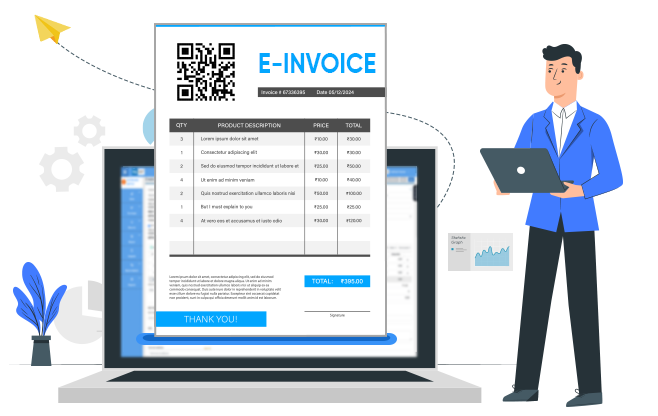The Digital Transformation of Business-to-Business Financial Document Exchange

In the modern digital economy, paper is becoming obsolete. E Invoicing represents the digital transformation of one of the most fundamental business processes: the exchange of invoices between a supplier and a buyer. The global shift towards this technology is profound, with the market expected to grow to a substantial USD 24.35 billion by the year 2034. This significant expansion, occurring at a compound annual growth rate (CAGR) of 6.33% during the forecast period, highlights a powerful global trend where governments and businesses are embracing e-invoicing to enhance efficiency, ensure tax compliance, and streamline the entire procure-to-pay lifecycle.
It is important to understand that true e-invoicing is more than just sending a PDF of an invoice as an email attachment. While that is a digital process, it is not a "true" e-invoice. A true e-invoice is a structured data file, such as an XML or EDI file, that is created and transmitted in a standardized electronic format. This structured data can be automatically read and processed by the recipient's accounting or ERP system without any manual data entry. This direct, machine-to-machine communication is the key that unlocks the significant efficiency gains and error reduction that are the core benefits of the technology.
The advantages of adopting a true e-invoicing system are numerous and compelling for both suppliers and buyers. For suppliers (the accounts receivable department), it dramatically accelerates the payment cycle. Because the invoice can be processed automatically by the buyer, the time from invoice submission to payment approval is significantly reduced, which has a powerful positive impact on cash flow. For buyers (the accounts payable department), the benefits are primarily in cost savings and efficiency. The elimination of manual data entry reduces labor costs, minimizes the risk of human error, and speeds up the entire invoice approval and payment process, often allowing them to capture early payment discounts.
The e-invoicing process is facilitated by a network of specialized service providers. These providers offer platforms that can convert a supplier's invoice data into the required structured format, securely transmit it to the buyer, and often integrate it directly into the buyer's financial systems. Many of these platforms operate on a "four-corner model," where the supplier's provider connects to the buyer's provider through an interoperable network, much like how mobile phone networks connect with each other. This creates a seamless and scalable ecosystem for the exchange of millions of electronic invoices between businesses around the world.
Explore Our Latest Trending Reports:
India Private Cloud Services Market



